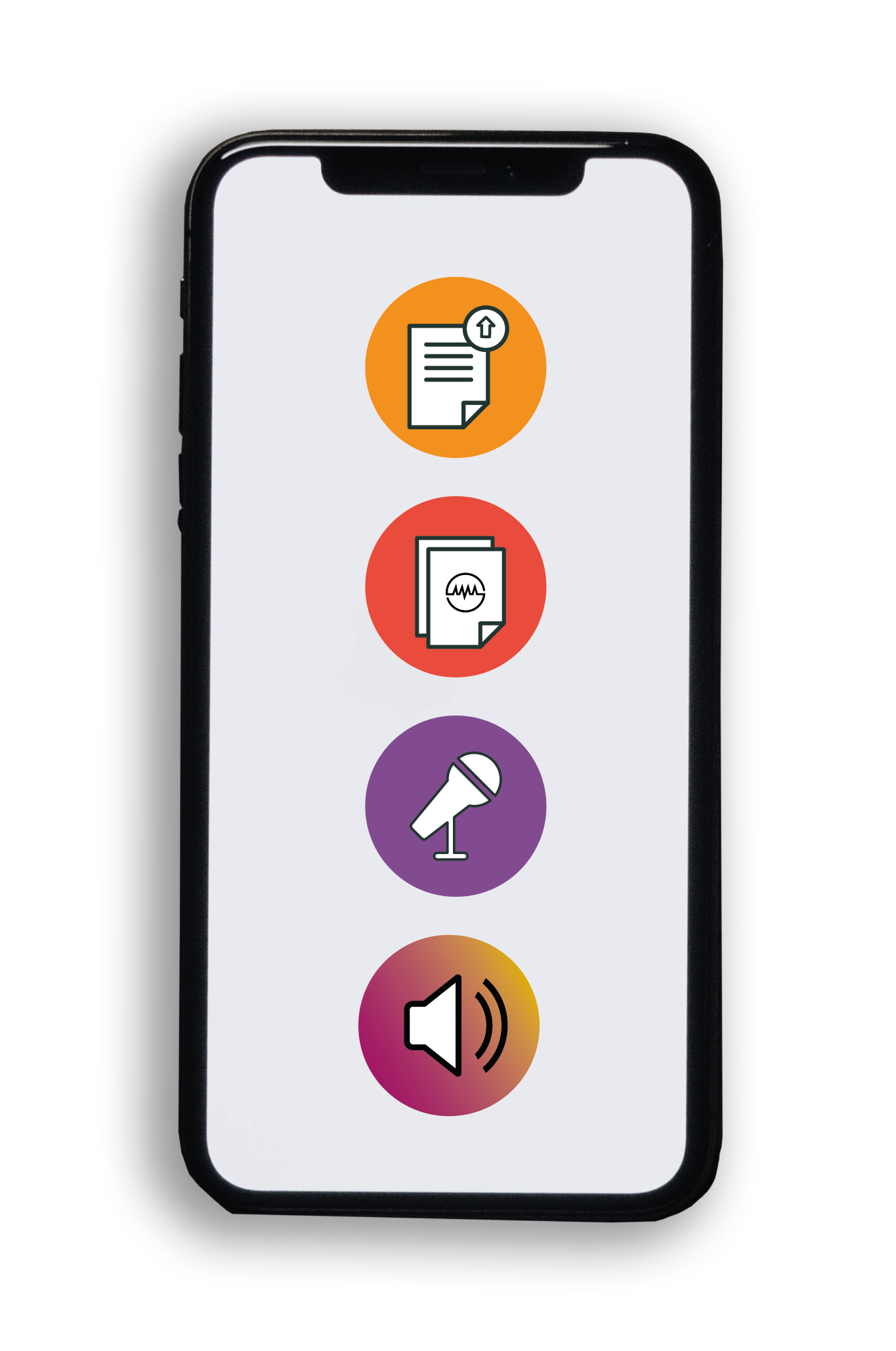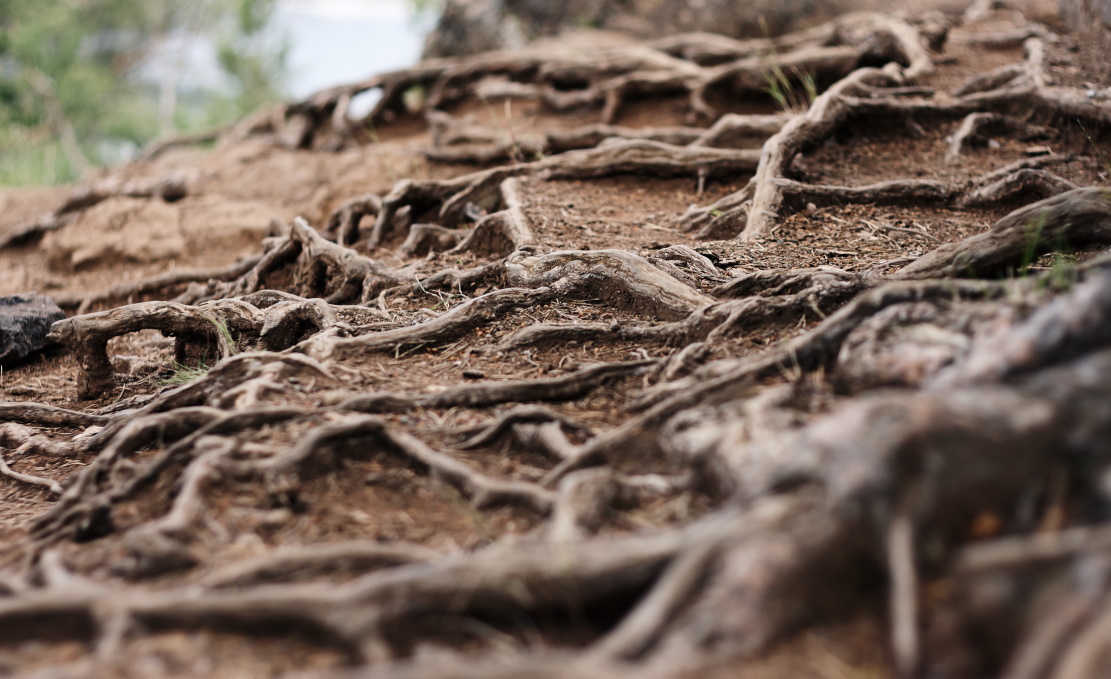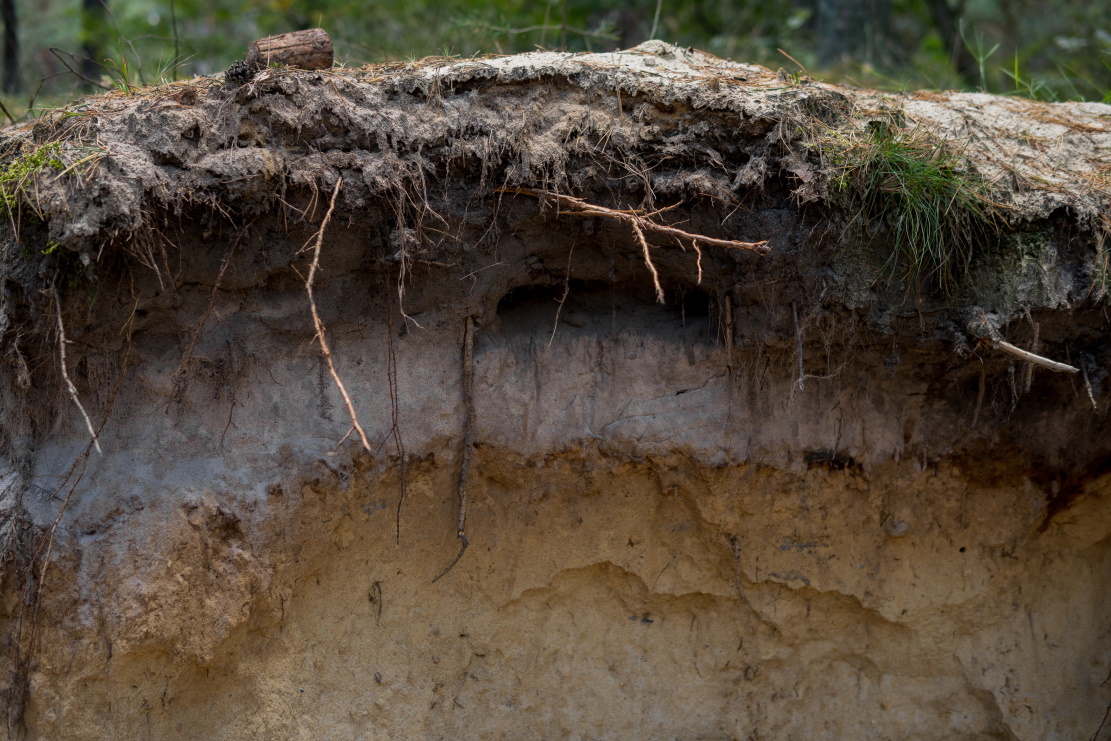Identifying an Achilles’ Heel in Insecticide Resistance – Dr Barry Pittendrigh, Purdue University
Original Article Reference
This SciPod is a summary of the paper ‘The insulin signalling pathway in Drosophila melanogaster. A nexus revealing an “Achilles’ heel” in DDT resistance’, published in Pesticide Biochemistry and Physiology. doi.org/10.1016/j.pestbp.2020.104727
About this episode
Insecticide resistance is an ongoing challenge for agriculture and the control of insect-transmitted diseases. In a recent study at Purdue University, a team of scientists led by Dr Barry Pittendrigh identified a potential chink in the armour of insecticide resistance in fruit flies. If this Achilles’ heel can be exploited, it bodes well for the future control of destructive insects.
This work is licensed under a Creative Commons Attribution 4.0 International License. 
What does this mean?
Share: You can copy and redistribute the material in any medium or format
Adapt: You can change, and build upon the material for any purpose, even commercially.
Credit: You must give appropriate credit, provide a link to the license, and indicate if changes were made.
More episodes
Dr. Jeffrey Curran Henson | When Lithium Slows the Heart, and How an unlikely Asthma Drug Offered a Way Out
For more than half a century, lithium has been one of the most reliable treatments for bipolar disorder. It has given countless people the ability to stabilize their moods and reclaim lives otherwise disrupted by cycles of mania and depression. But lithium comes with inherent risk: its therapeutic range is narrow, which means that the difference between a helpful dose and a harmful one is surprisingly small. Too much lithium in the body can lead to a cascade of health problems, including neurological confusion, tremors, kidney dysfunction, and, though much less well known, potentially dangerous effects on the heart. In a recent publication, Dr. Jeffrey Curran Henson of the University of Arkansas for Medical Sciences, and colleagues, shed light on one of lithium’s most alarming but underappreciated risks: its ability to disrupt the heart’s natural pacemaker, the sinus node. Their case study and systematic review tell the story of a patient whose life was threatened not by the mental illness she had long managed, but by the very medication that had allowed her to manage it. And in that story, the researchers also describe a novel way out: a treatment that avoided the need for invasive procedures and could reshape how we think about emergency care for lithium-related heart complications.
Professor Alex McBratney | Securing the Soil Beneath Our Feet: Mapping and Managing Australia’s Hidden Asset
Soil is one of the most important resources on the planet. It grows our food, regulates water, supports ecosystems, and stores vast amounts of carbon. But it’s also incredibly complex, and surprisingly poorly understood. In Australia, Prof. Alex McBratney of the University of Sydney and his colleagues are changing that. By working with the Soil Security Assessment Framework, they’ve developed new tools and approaches that are helping to reshape how we measure and manage soil. From identifying similar soils and grouping them into categories, to estimating the monetary value of their ability to support food production, to surveying how people relate to the land beneath their feet, their work is creating a new language for talking about soil. Here, we explore the studies that put the framework into action and show why securing our soils is essential not just for farming and food security, but for ecosystems, economies, and climate resilience too.
Professor Alex McBratney | Soil Security Starts Here: a Framework for the Future
Soil sits at the heart of nearly every major challenge humanity faces, from food, water and energy security to climate change, biodiversity loss, human health, and the delivery of vital ecosystem services. But, soil itself is increasingly under threat. As these pressures intensify, soil security has become a global priority in its own right. Yet despite its critical role, there are still gaps in how we understand, study and manage soil. Too often, soil research fails to reach the land managers, policymakers and communities who need it most. At the University of Sydney, Professor Alex McBratney and his colleagues are working to change that. They’re leading the development of the Soil Security Assessment Framework, a new approach that considers not just what soil is, but what it does, how it’s valued, and how it’s governed. By defining five interconnected dimensions of soil security, the team is helping to shape a more strategic, outcome-focused research agenda, designed to translate scientific insight into practical actions.
Speaking Science Across Languages: Rethinking Scientific Publishing in the Asia-Pacific
When we think about science, we often imagine a universal language of knowledge in the form of a shared code of numbers, graphs, and precise words that transcend borders. But what happens when the language of science is not the language of the scientist? This is the challenge explored in a recent study by a group of publication professionals from the pharmaceutical and medical communications industries across the Asia Pacific region. The study looked at how researchers in this region navigate the world of English-language scientific publishing. Their findings remind us that words matter, and the language we use can either invite voices into global conversations and knowledge exchange, or keep them out.
Increase the impact of your research
• Good science communication helps people make informed decisions and motivates them to take appropriate and affirmative action.
• Good science communication encourages everyday people to be scientifically literate so that they can analyse the integrity and legitimacy of information.
• Good science communication encourages people into STEM-related fields of study and employment.
• Good public science communication fosters a community around research that includes both members of the public, policymakers and scientists.
• In a recent survey, 75% of people suggested they would prefer to listen to an interesting story than read it.

Step 1 Upload your science paper
Step 2 SciPod script written
Step 3 Voice audio recorded
Step 4 SciPod published




